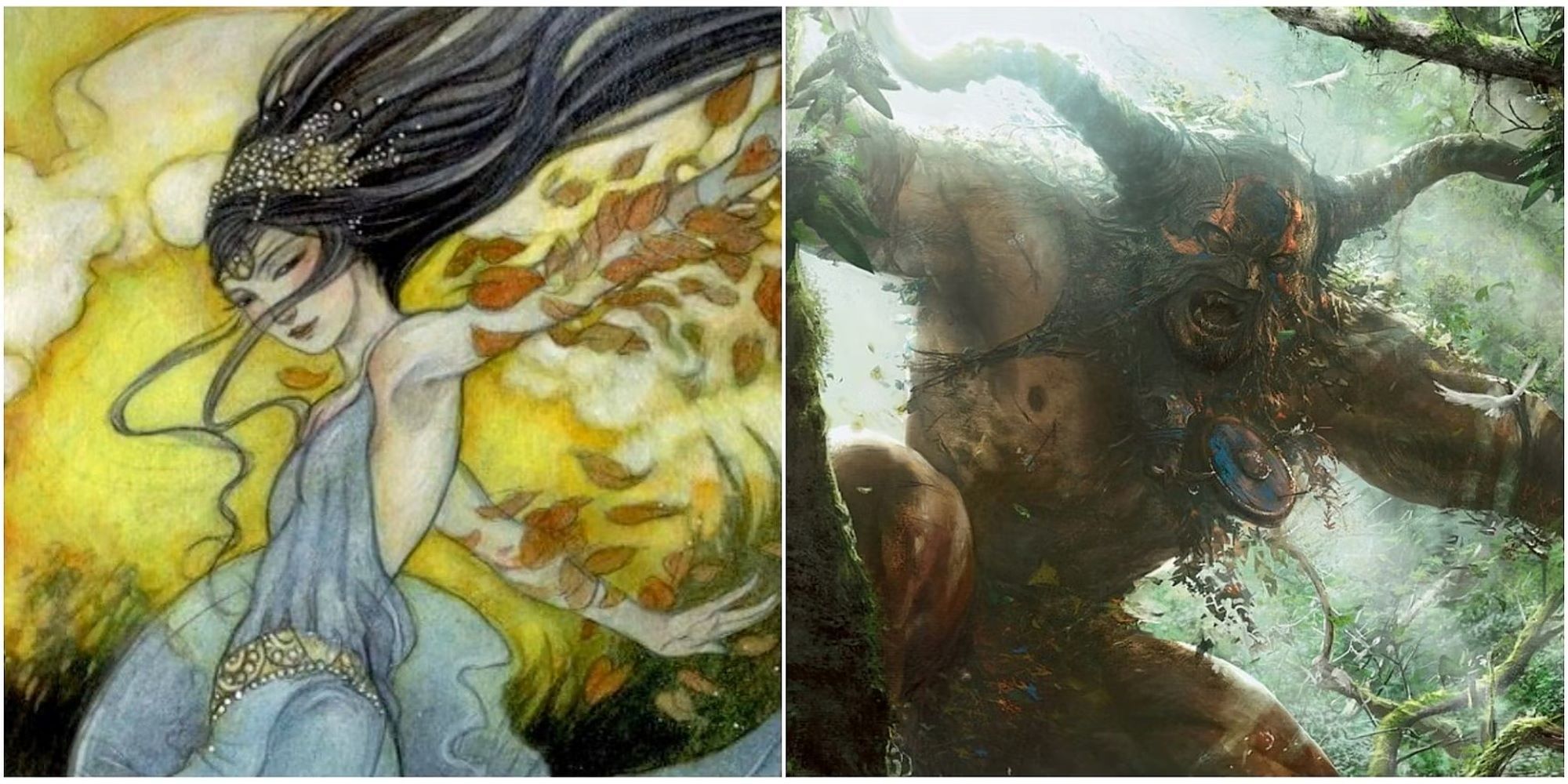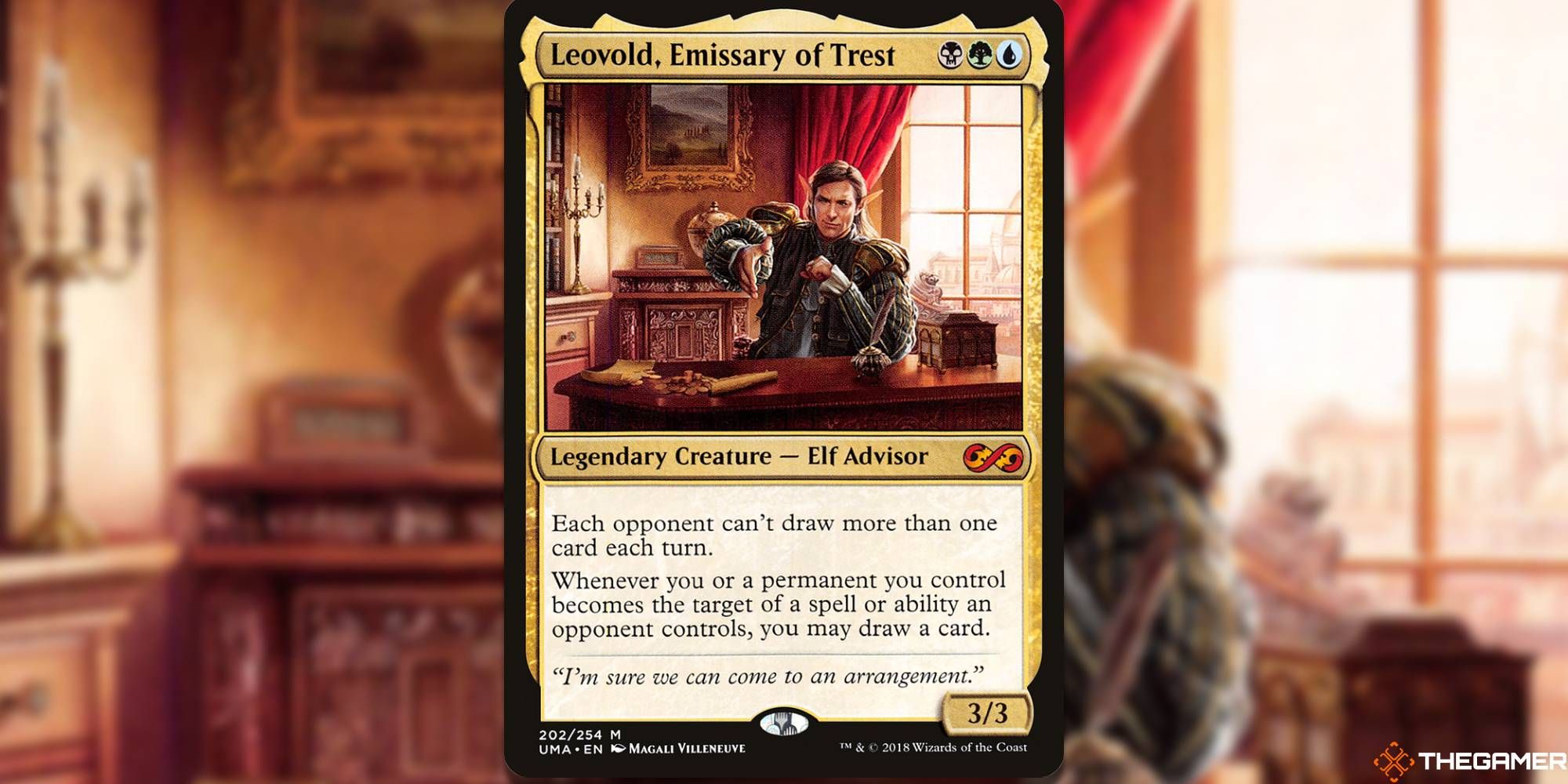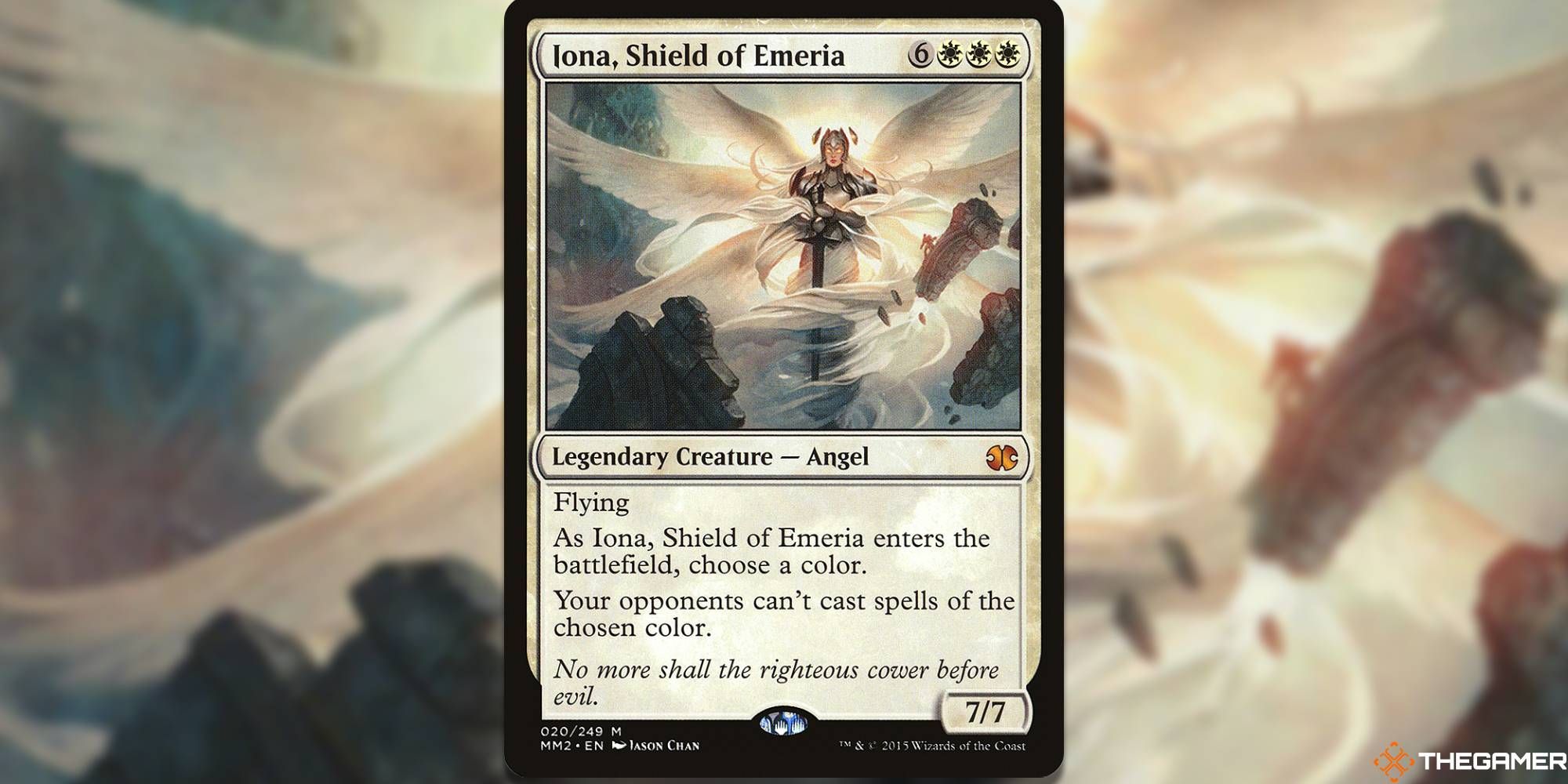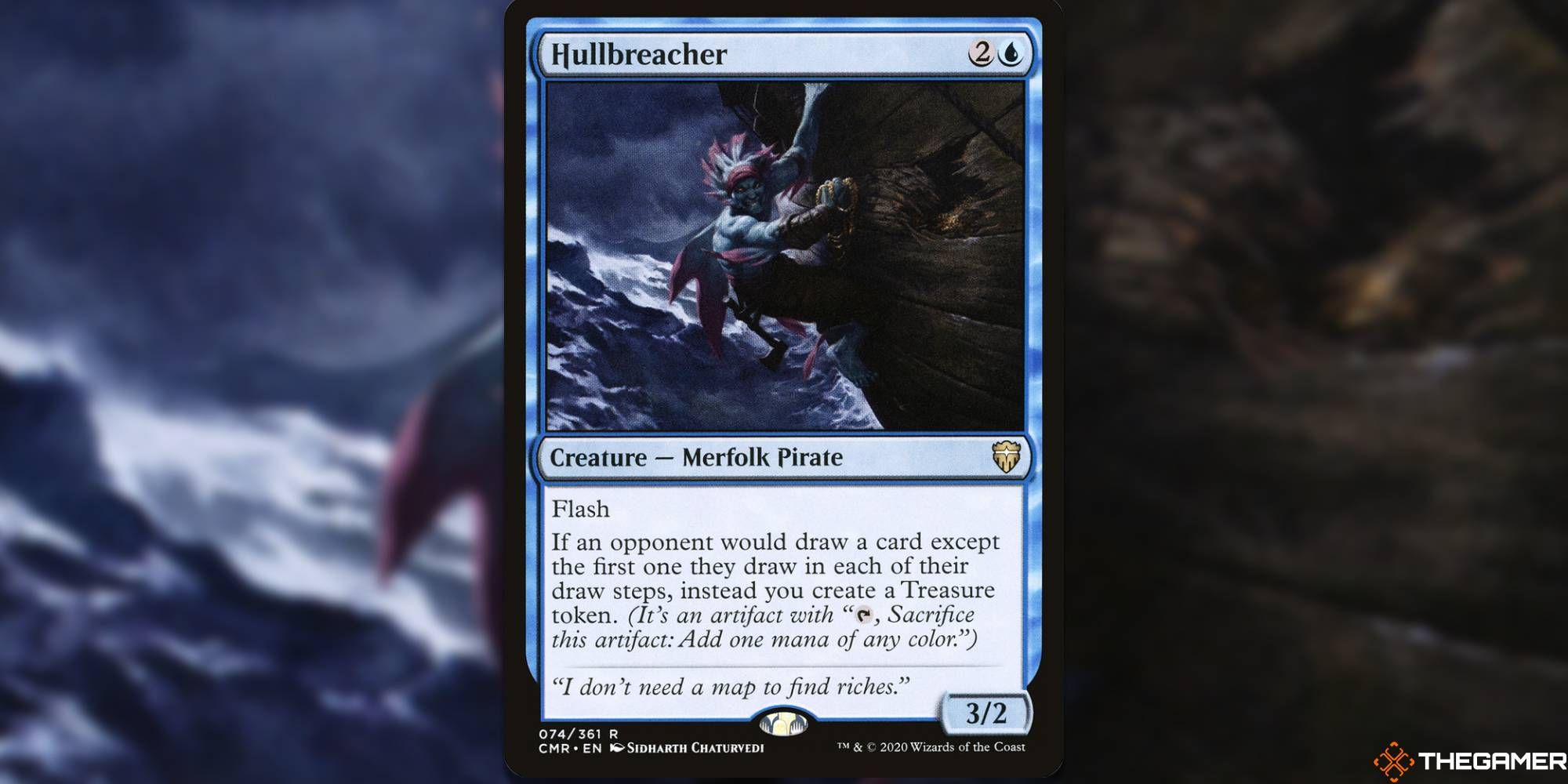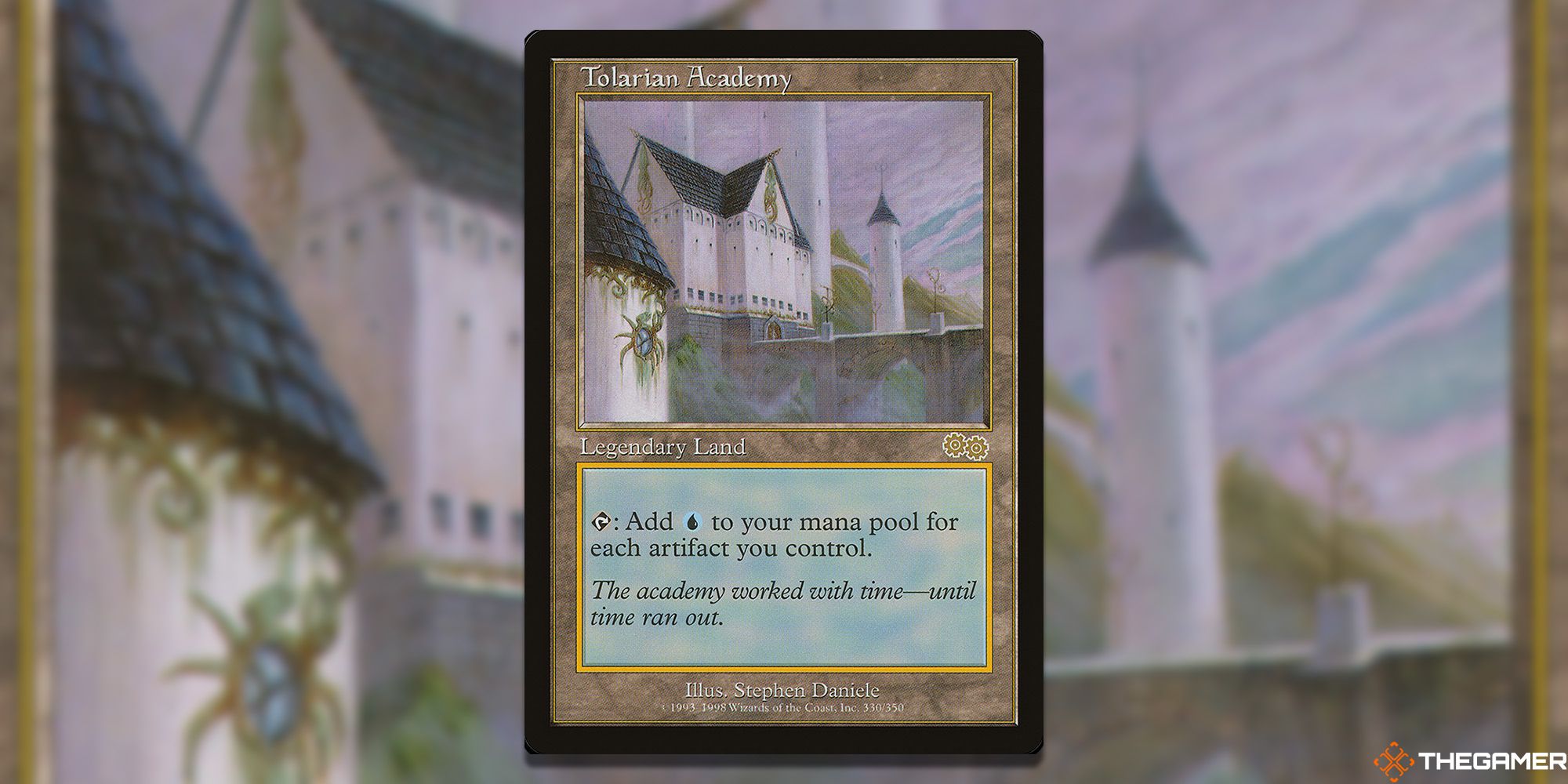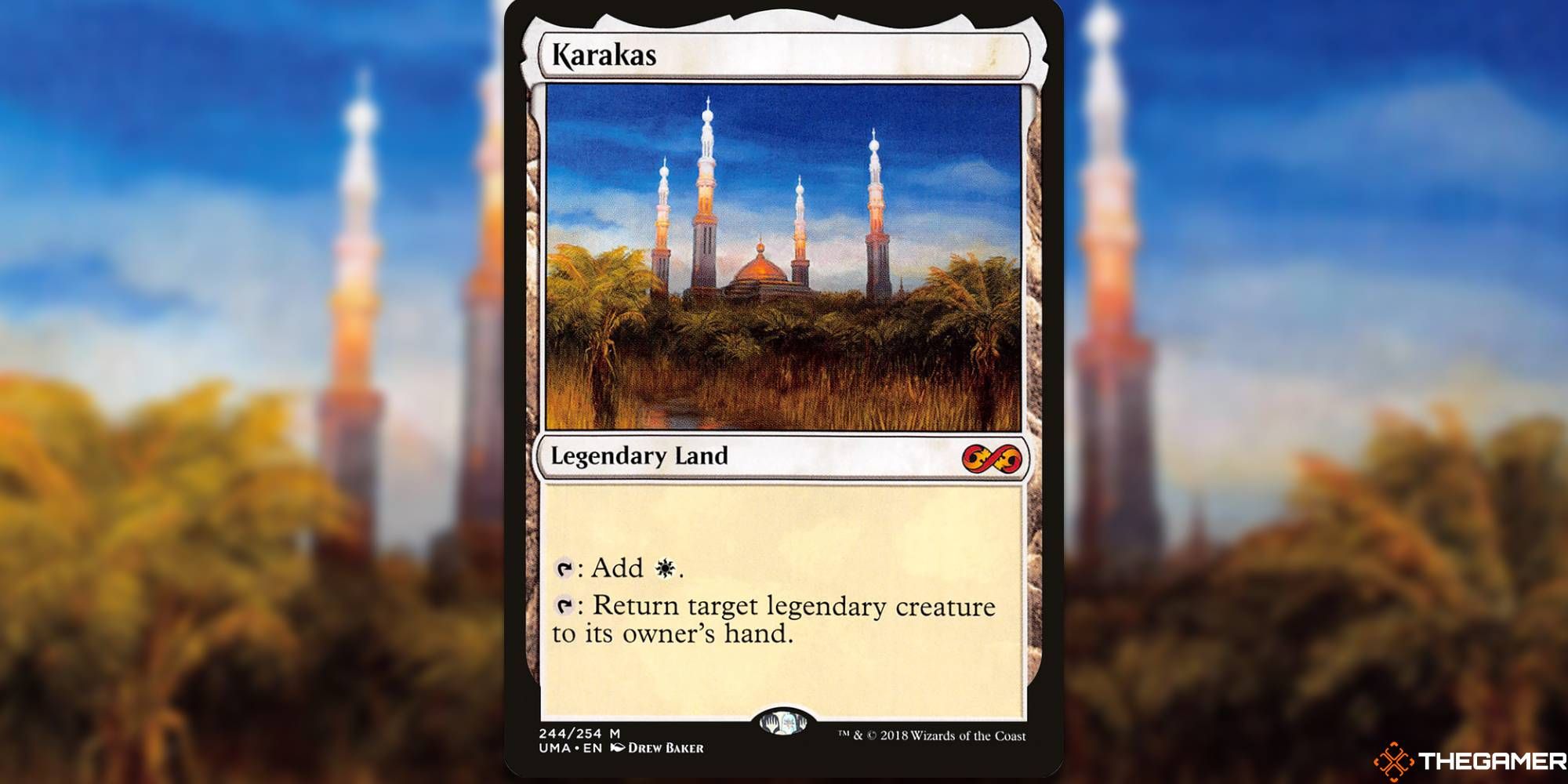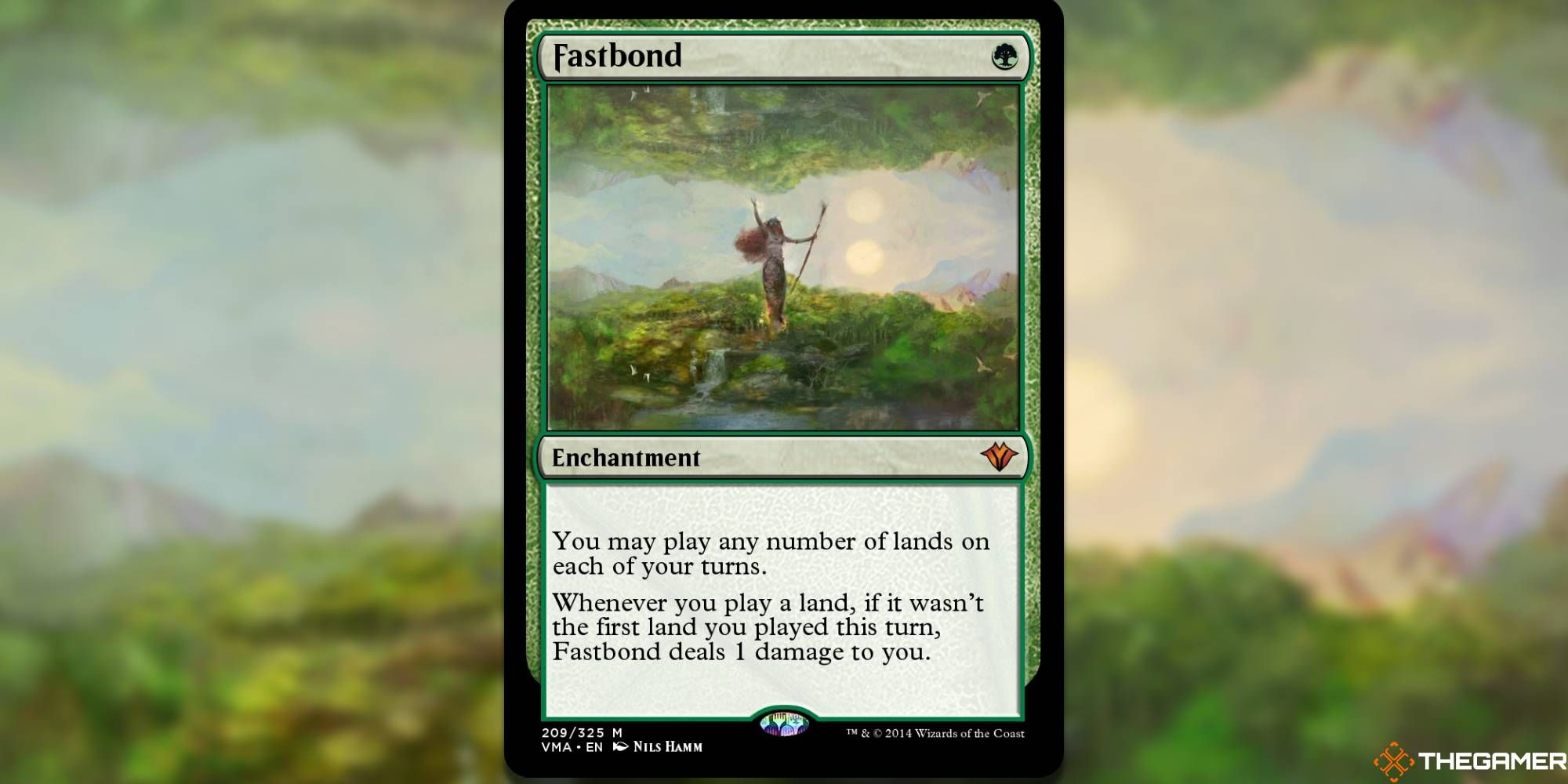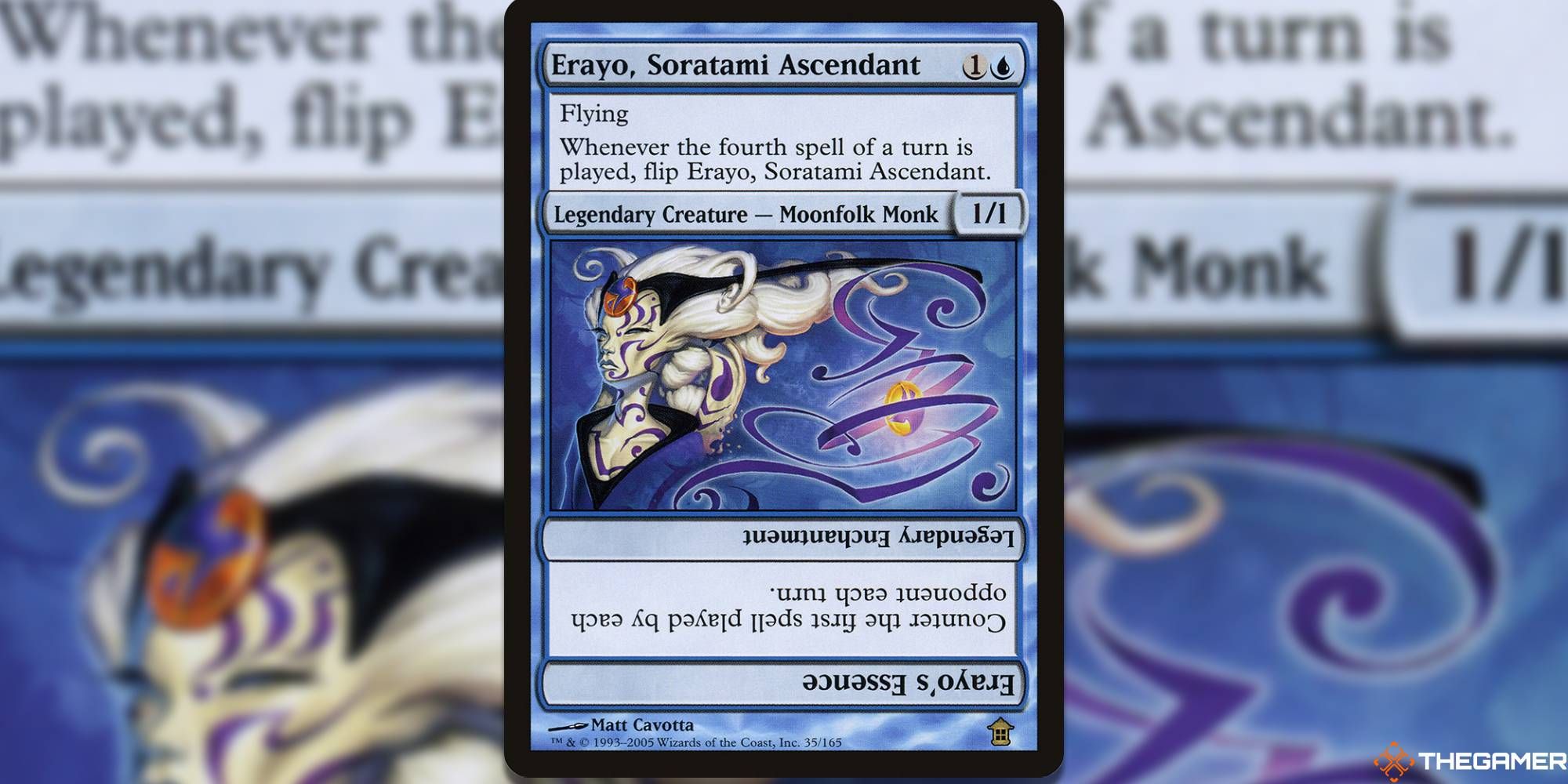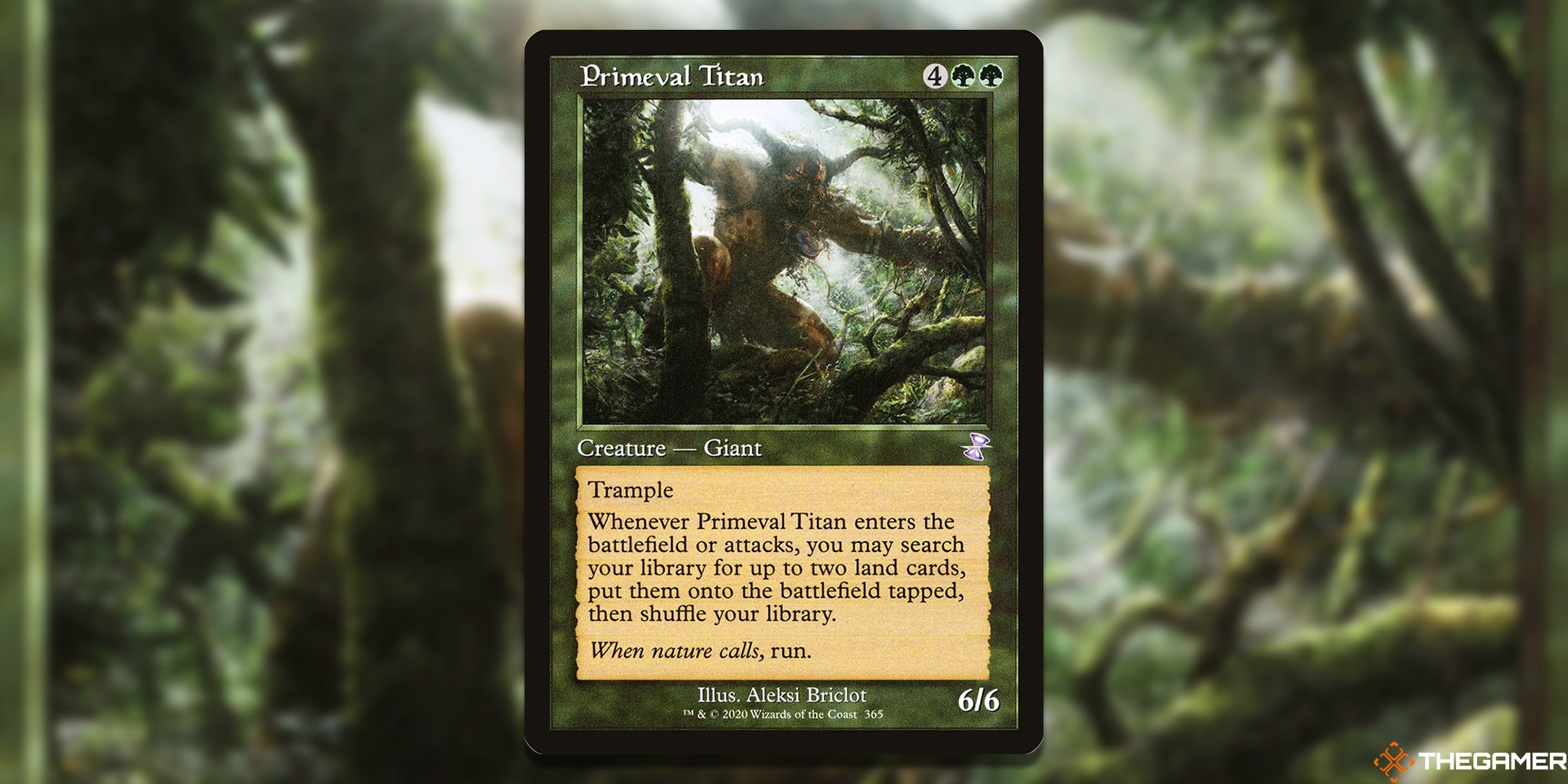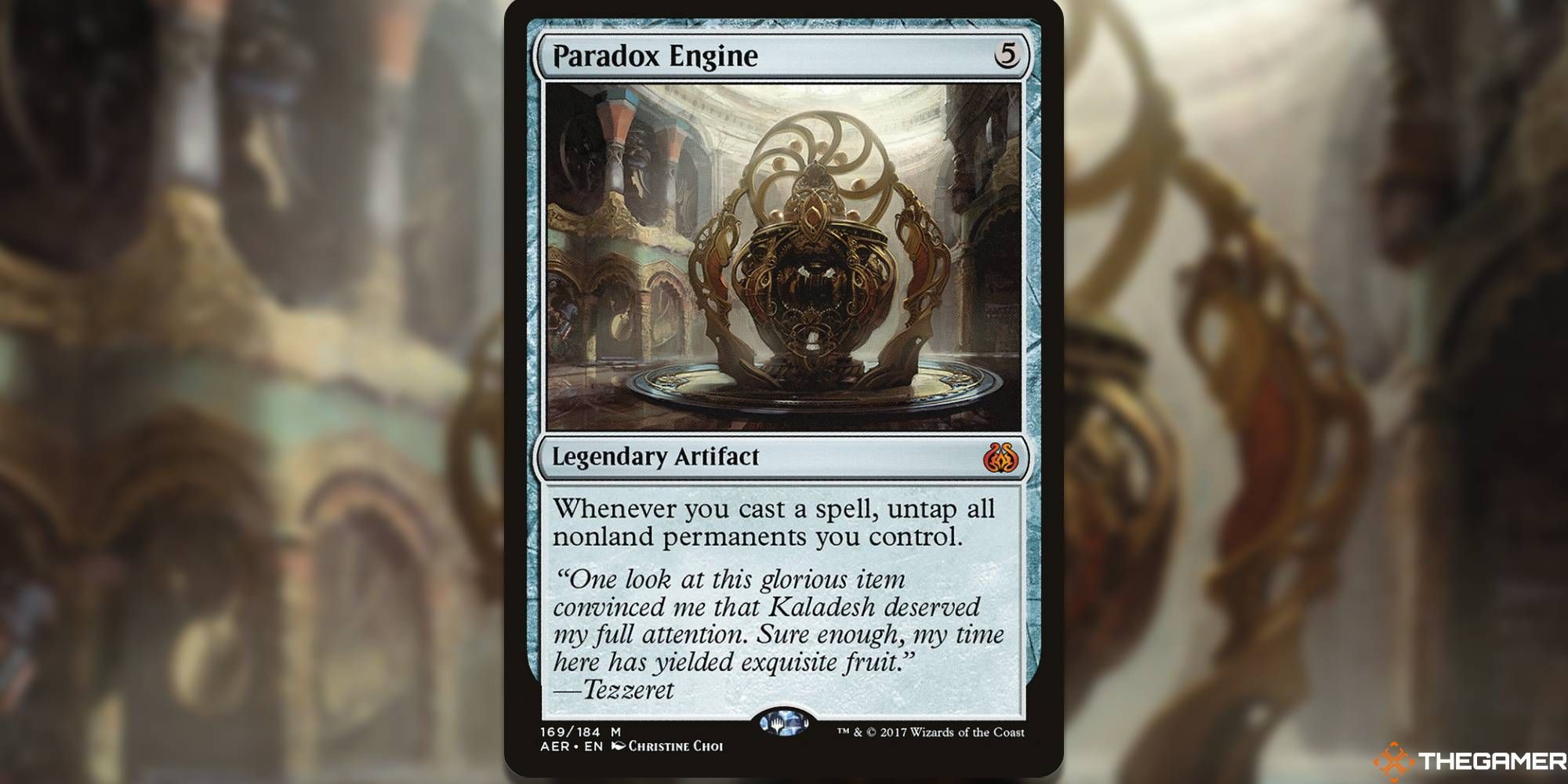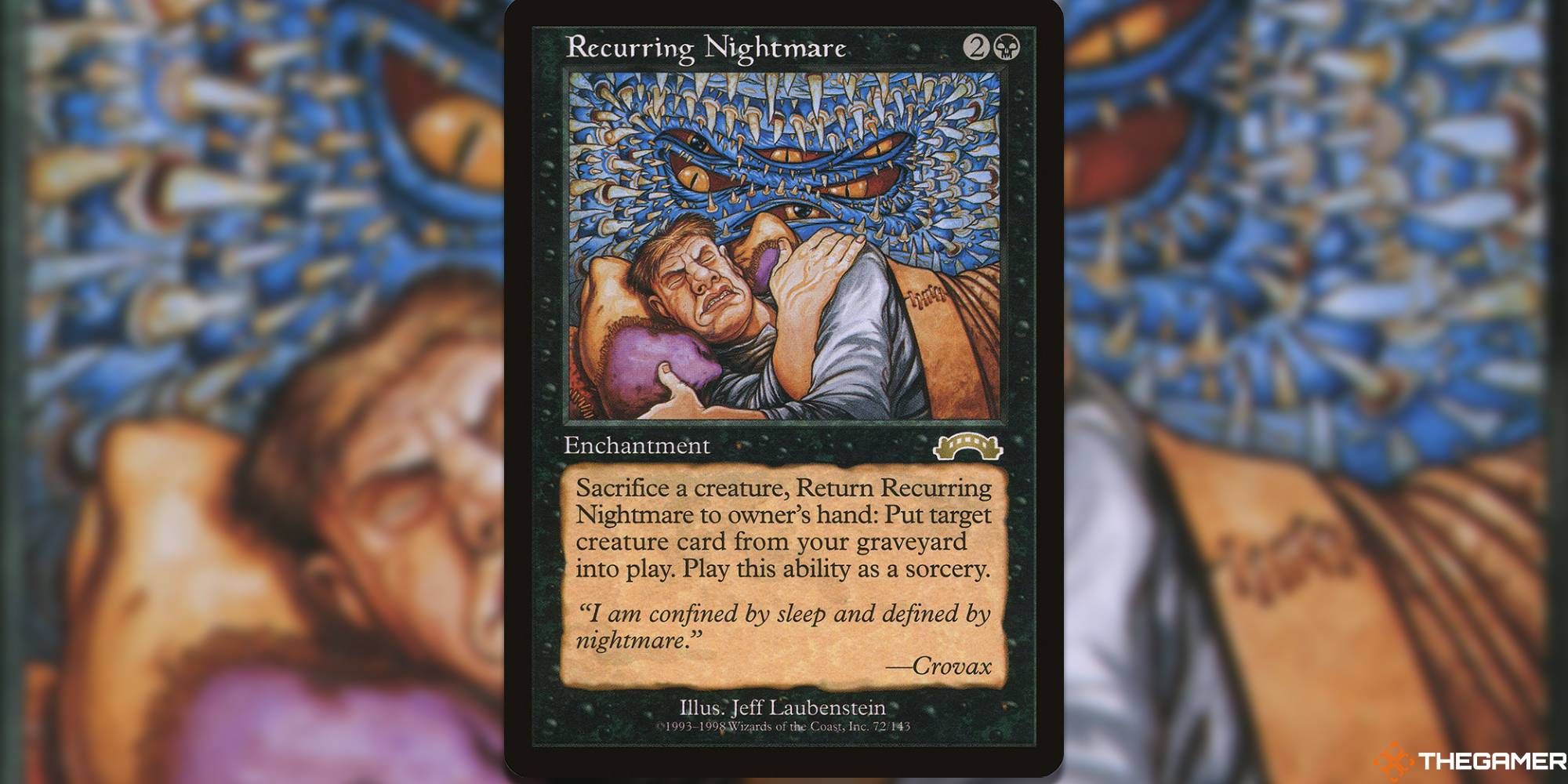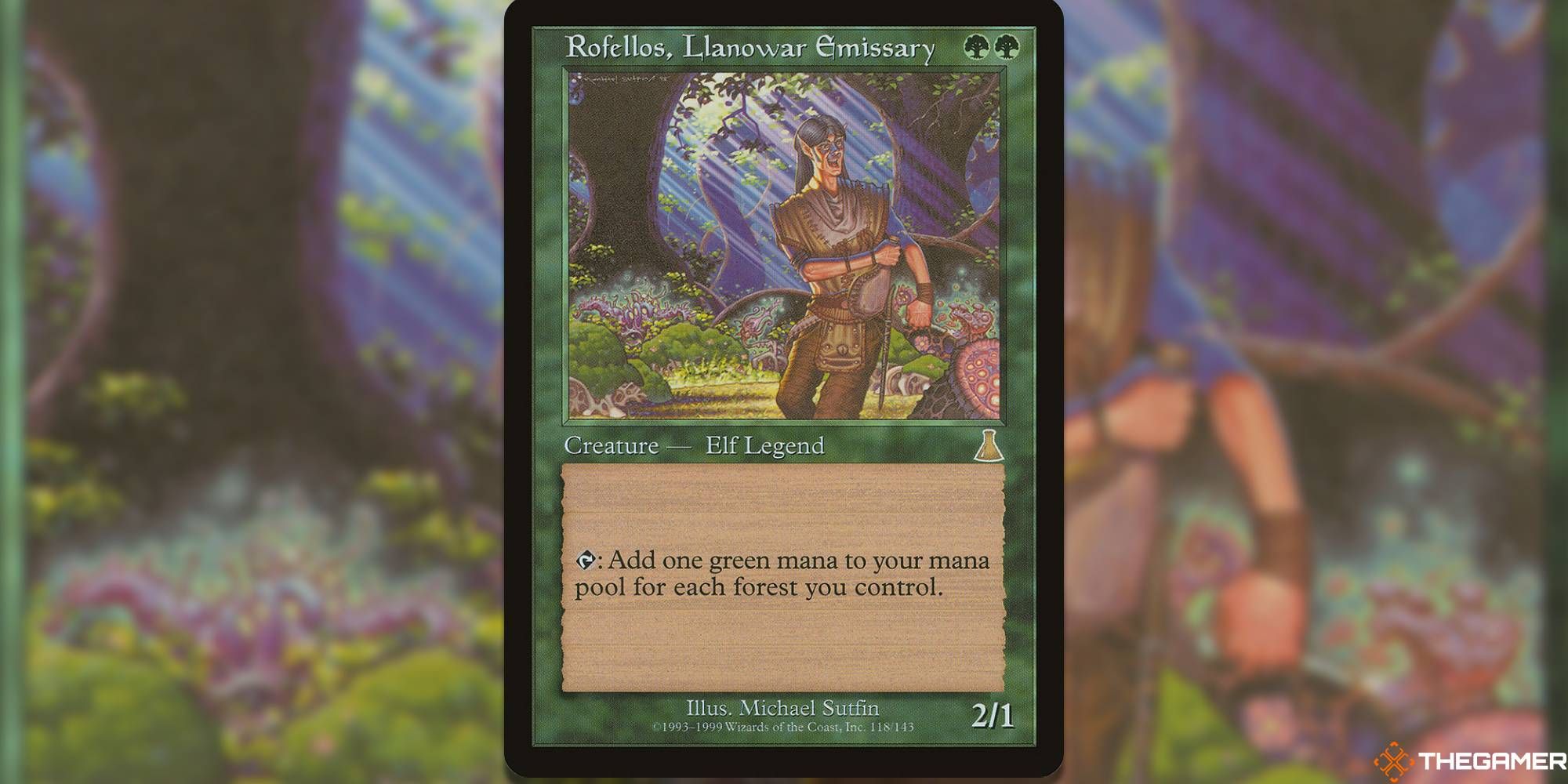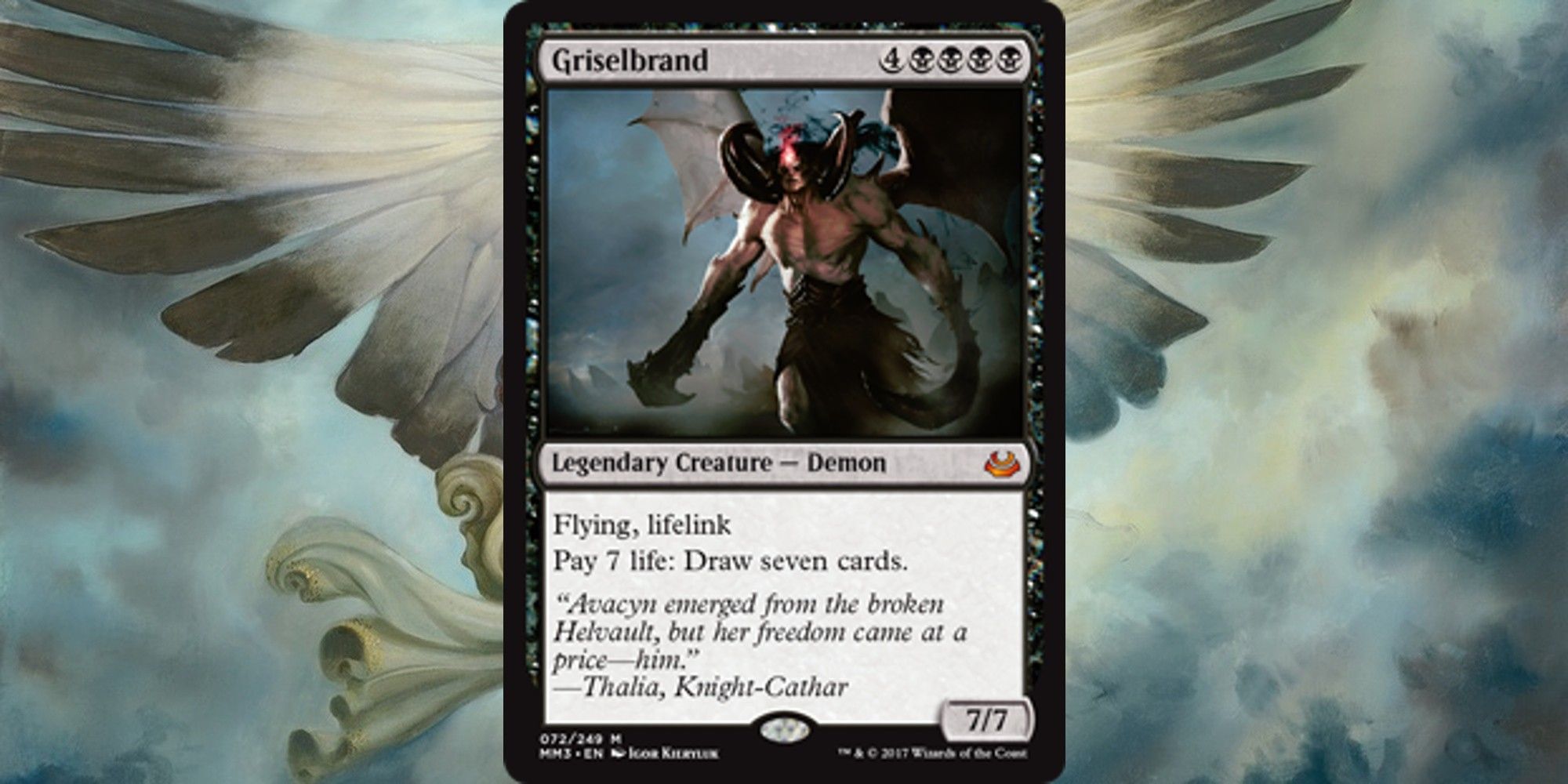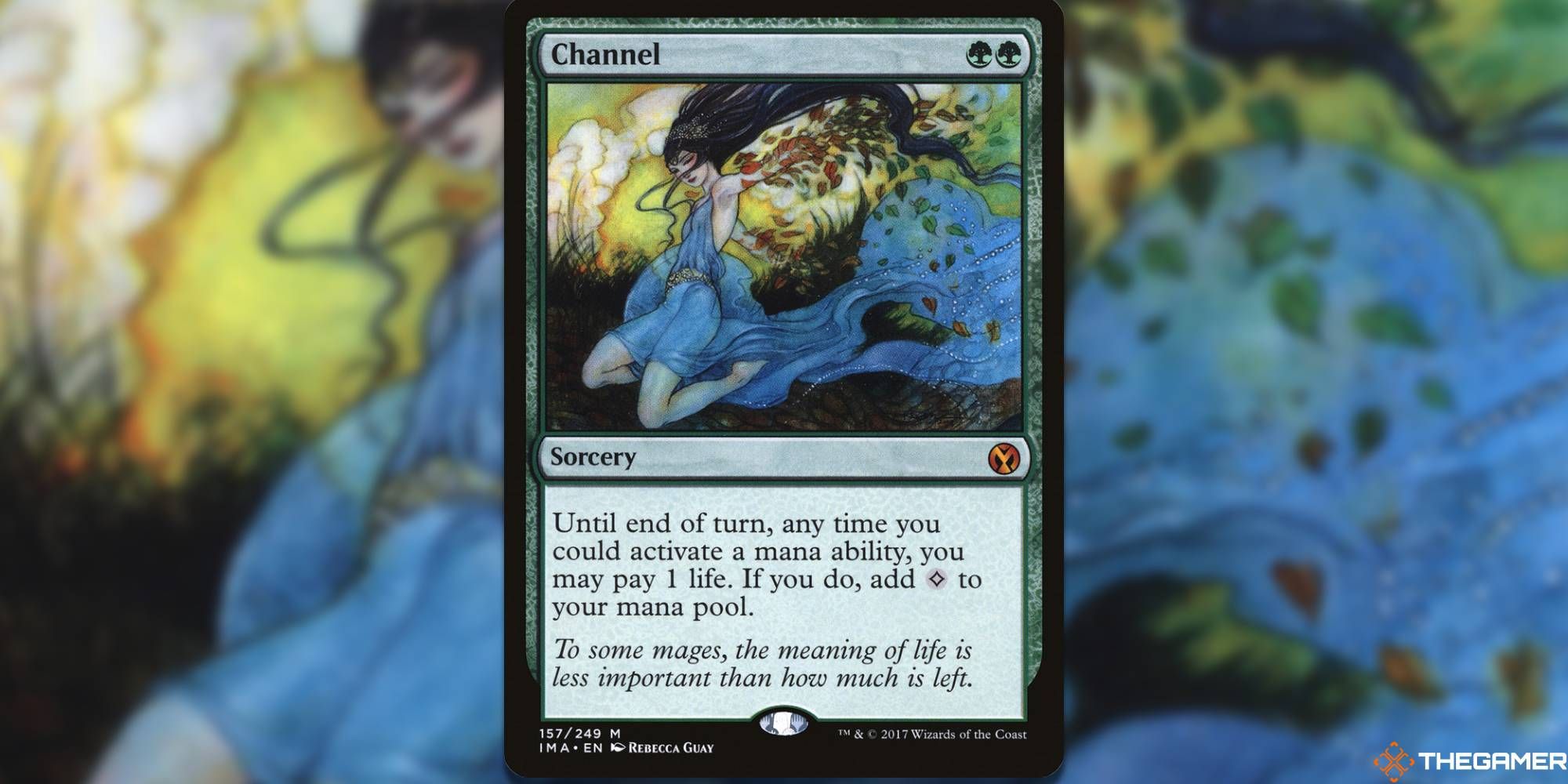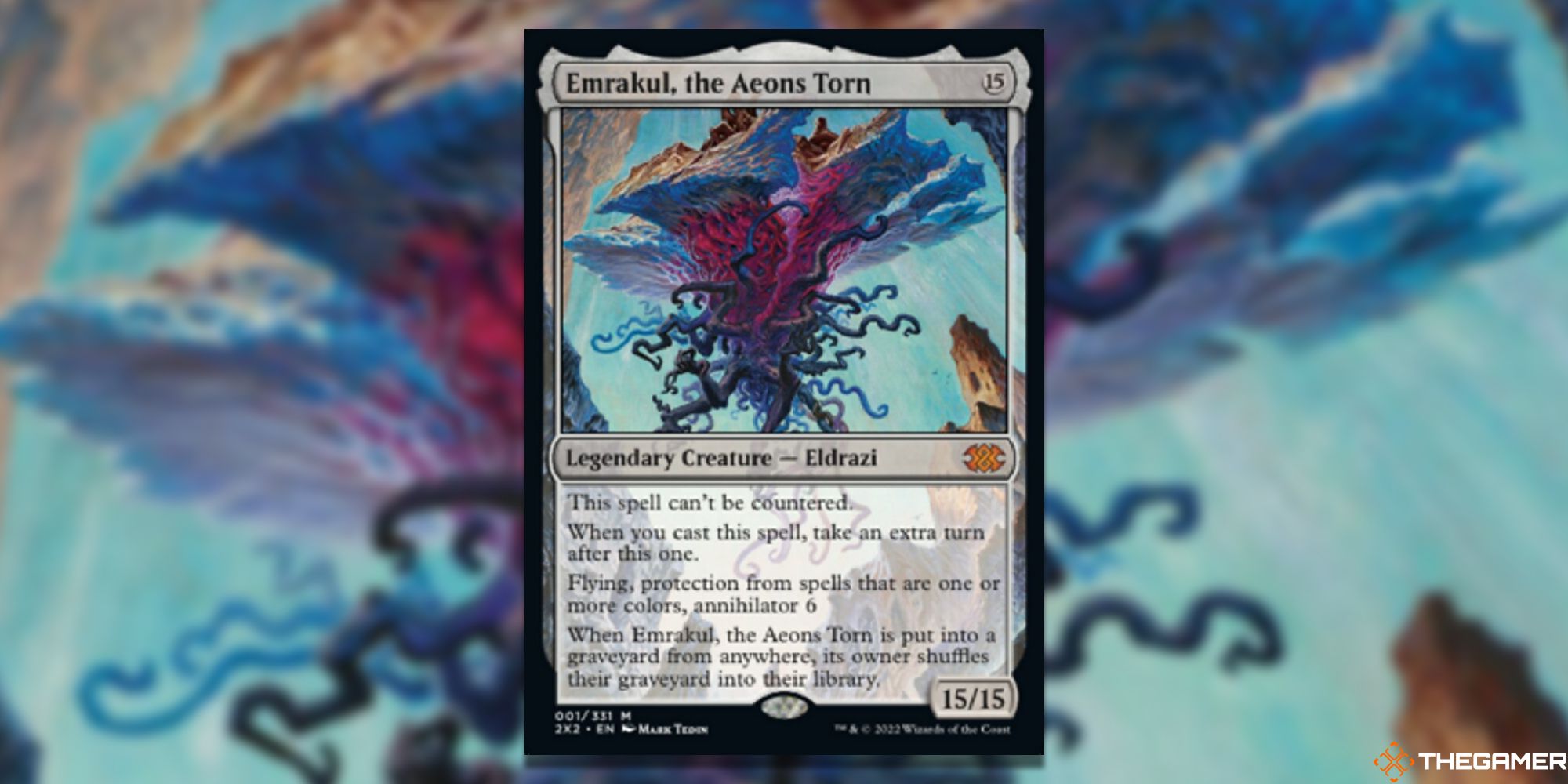Commander is by and large one of the most popular formats in all of Magic: The Gathering. Allowing you to build 100-card singleton decks with a designated legendary creature as their commander, this multiplayer format offers you an immense assortment of over 20,000 cards from Magic's history to choose from when building decks.
However, while many of the most powerful cards from Magic's past are legal in Commander, there are some cards that needed to be banned in order to cultivate a healthier format. So today, we're going to examine the strongest cards banned in Commander and see why they were excluded from the format.
Updated on August 29th, 2022 by Paul DiSalvo: While Commander has grown into one of the most heavily played formats in all of Magic, with a major appeal being its massive available card pool, some cards, even those printed in recent memory, are banned in order to help curate a healthy format. If cards are able to overly oppress a table with ease and consistency, they're often worth banning for the health of the game.
14 Leovold, Emissary of Trest
Introduced in Conspiracy: Take the Crown as an efficient three-mana Sultai commander, Leovold, Emissary of Trest was swiftly banned after quickly becoming an oppressive, format warping Commander option that could reliably lock each other player out of a game. A 3/3 Eff Advisor for three mana, the most oppressive element of Leovold is its first ability that states that your opponents can't draw more than one card per turn.
While this very same ability is present on Narset, Parter of Veils, that Planeswalker can't be used as one's commander. When paired with Wheeling effects that force opponents to discard their hands and draw new cards, Leovold could reliably deprive opponents of any spells to cast while keeping the Leovold player consistently well-stocked. When paired with the repeated wheeling effect of a Teferi's Puzzlebox, there was little to nothing that other players could do to stop a Leovold deck.
13 Iona, Shield of Emeria
Another banned legendary creature of the Commander format, Iona, Shield of Emeria is one of the more recent bannings within the Commander format. While less format warping than Leovold, Iona is a nine-mana Angel that, upon entering the battlefield, allows you to choose a color, then preventing opponents from casting spells of the chosen color.
When paired against a mono-colored deck, this card effectively single-handedly prevents a player from casting spells for the rest of the game, needlessly punishing mono-color players. While it may cost a significant amount of mana, Iona's immediate shut-down nature led to its banning in 2019.
12 Hullbreacher
Despite being printed in Commander Legends, a set specifically designed for Commander, this card was so overly pushed and oppressively powerful that it was banned within a year of its printing. A Merfolk Pirate for three mana, just like Leovold, this pesky creature prevents opponents from drawing more than one card on each of their turns, pairing in devastating fashion with wheeling effects.
However, unlike Leovold that simply deprived opponents of resources, for each potential drawn card Hullbreacher negates, its controller creates a treasure token, providing incredible mana ramp. Due to the overwhelming and format-warping nature of this card, it isn't hard to see why it was banned as quickly as it was.
11 Tolarian Academy
Tolarian Academy is among the most powerful and easily abusable lands to ever see print within Magic. Simple yet incredibly effective, this land can be tapped to produce one blue mana for each artifact you control. Through the litany of zero-mana and one-mana artifacts in the game, this land can reliably be used to produce a significant amount of blue mana, even within the earliest turns of a game.
As this value only grows as a game progresses, those who would be using other lands against a Tolarian Academy would truly be bringing checkers to a chess match.
10 Karakas
Originally printed in Legends, Karakas is a legendary land that can be tapped to either produce white mana or return target legendary creature to its owner's hand. For an investment of absolutely no mana, Karakas can be used repeatedly to keep a legendary creature off of the board.
As Commander is a format that revolves around legendary creatures, this card can simply shut down commanders without spending any mana, resulting in its swift banning.
9 Fastbond
As a larger scaled format with larger decks and higher starting life totals than most other formats, mana ramping is an integral part of Commander, as a player with superior ramp will often come out the victor. Fastbond is a green enchantment for a single mana that is one of the most potent mana ramp cards in all of Magic.
This card allows its controller to play any number of lands each turn, while causing them to take damage each time they play additional lands. While Fastbond may cause its controller to take damage, between the massive upside and the higher life totals in commander, banning the card in the format was a no brainer due to high reward and lack of risk for such a low mana cost.
8 Erayo, Soratami Ascendant
A legendary blue 1/1 with flying for two mana, Erayo, Soratami Ascendant is the perfect example of a card that is banned due to the card's abilities being designed without the Commander Format in mind. If four or more spells are cast in a single turn, (a common occurrence in commander), Erayo flips. Once flipped, Erayo becomes a legendary enchantment called Erayo's Essence that states that whenever an opponent casts their first spell each turn, that spell is countered.
Not only is it quite easy to flip Erayo in commander, but due to being Legendary, it can be made consistently available in one's Command Zone. Between these two factors, the card was banned.
7 Primeval Titan
The green representative from the cycle of mono-colored giants from Core Set 2011. While each of these giants possesses useful abilities, those on Primeval Titan are simply too well suited for Commander. A green 6/6 with trample for six mana, whenever this giant attacks, its controller searches their library for any two lands and puts them directly into play tapped.
Not only can this reliable tutor for any non-basic lands in a player's deck, tutoring for two-card land combos such as Cabal Coffers and Urborg, Tomb of Yawgmoth, but it can provide absurd amounts of mana ramp through a repeatable effect.
6 Paradox Engine
Paradox Engine is a five-mana artifact that was first printed in Aether Revolt, allowing its controller to untap each non-land permanent they control whenever they cast a spell. Due to the heavy presence of mana rocks in Commander, this card is capable of generating massive sums of mana, while enabling a wide range of infinite combos.
The Commander rule committee went on record stating that the card was banned for providing too much value to any deck, "not needing to be built around to be broken."
5 Recurring Nightmare
Recurring Nightmare is among the strongest graveyard recursion spells in all of Magic, and simply provides too much consistent abusable value in Commander. For three mana, Recurring Nightmare is an enchantment that can return a creature from one's graveyard to the battlefield by sacrificing a creature and returning Recurring Nightmare to its owner's hand.
This means that the spell can be repeatedly cast to return a multitude of creatures from one's graveyard, as long as they have other creatures to sacrifice.
4 Rofellos, Llanowar Emissary
Rofellos, Llanowar Emissary is one of the most blatantly broken potential commanders in Magic. A legendary elf for two mana, Rofellos can tap to produce an amount of green mana equal to the number of forests its owner controls.
As a commander, Rofellos would provide you with an unparalleled amount of consistent mana ramp that would scale with a game as it progresses.
3 Griselbrand
While Commander is played with starting life totals of forty, many cards printed prior to the format's rise in popularity were designed around the assumption that players would be starting with twenty life. Griselbrand is the perfect example of one such card.
As an eight-mana demon, Griselbrand allows a player to pay seven life to draw seven cards. While this payment is a significant chunk of one's life total in a format like Modern, in Commander it is quite negligible, allowing you to draw tons of cards with a much lesser drawback.
2 Channel
Banned in every format save for vintage, Channel is an incredible card capable of producing astronomical amounts of mana. For the cost of two mana, Channel states that until the end of the turn, its caster may pay one life to produce one colorless mana.
As players in commander start with forty life, Channel would allow you to produce thirty-nine mana on turn two, allowing you to play numerous game-winning cards as soon as the game begins.
1 Emrakul, The Aeons Torn
Emrakul, the Aeons Torn is one of the original Eldrazi Titans that was first printed in Rise of the Eldrazi. For fifteen mana, Emrakul might as well read, "you win the game," being an uncounterable 15/15 with Flying, protection from spells that are one or more colors, and annihilator 6.
As if this wasn''t enough, upon entering the battlefield, Emrakul allows its controller to take an additional turn. The Commander rules committee has gone on record stating that the card was banned for simply being deemed unfun to play against, with many players having requested a ban.

